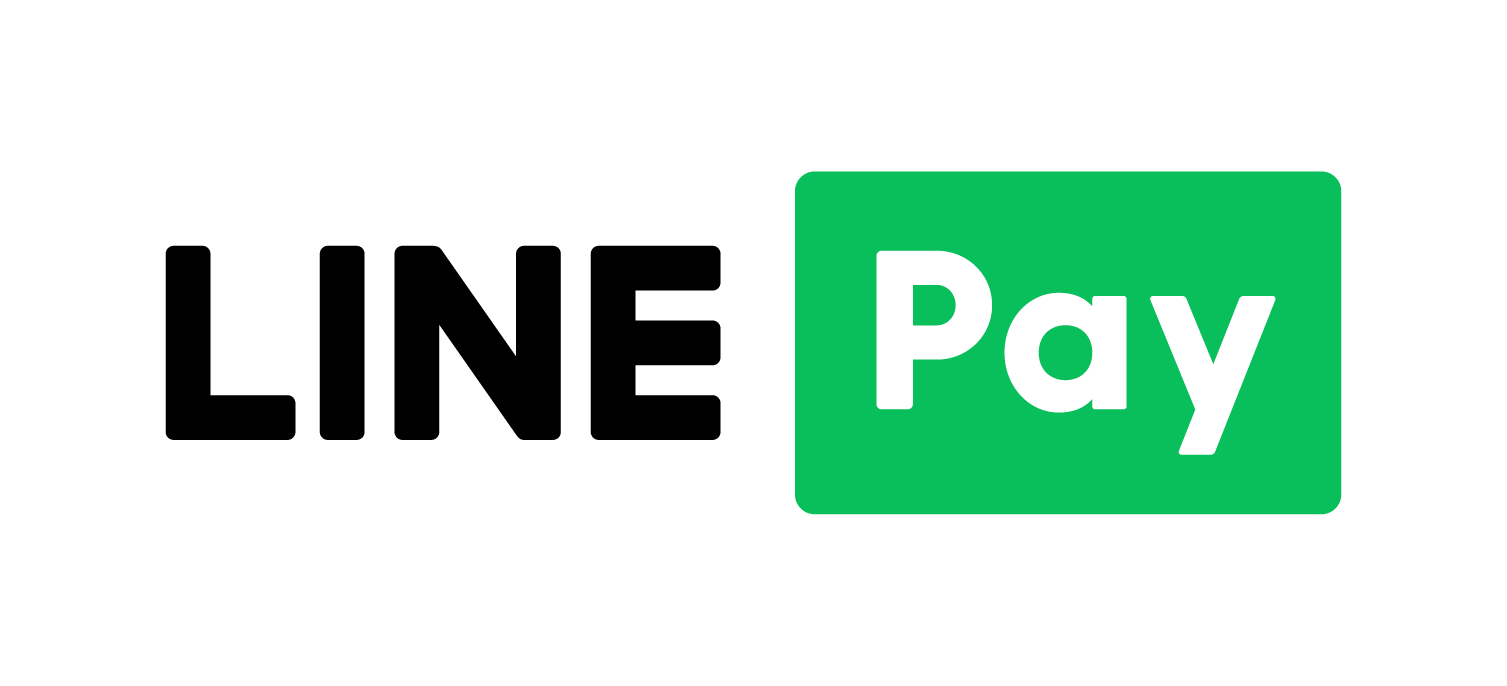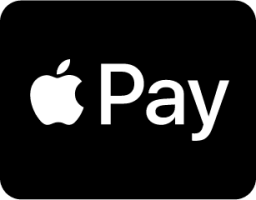
| 定價: | ||||
| 售價: | 2128元 | |||
| 庫存: | 已售完 | |||
| LINE US! | 詢問這本書 團購優惠、書籍資訊 等 | |||
| 此書籍已售完,調書籍需2-5工作日。建議與有庫存書籍分開下單 | ||||
| 付款方式: | 超商取貨付款 |

|
|
| 信用卡 |

|
||
| 線上轉帳 |

|
||
| 物流方式: | 超商取貨 | ||
| 宅配 | |||
| 門市自取 |
為您推薦

類似書籍推薦給您
【簡介】 A new approach to teaching computing and technology ethics using science fiction stories.Should autonomous weapons be legal? Will we be cared for by robots in our old age? Does the efficiency of online banking outweigh the risk of theft? From communication to travel to medical care, computing technologies have transformed our daily lives, for better and for worse. But how do we know when a new development comes at too high a cost? Using science fiction stories as case studies of ethical ambiguity, this engaging textbook offers a comprehensive introduction to ethical theory and its application to contemporary developments in technology and computer science. Computing and Technology Ethics: Engaging through Science Fiction first introduces the major ethical frameworks: deontology, utilitarianism, virtue ethics, communitarianism, and the modern responses of responsibility ethics, feminist ethics, and capability ethics. It then applies these frameworks to many of the modern issues arising in technology ethics including privacy, computing, and artificial intelligence. A corresponding anthology of science fiction brings these quandaries to life and challenges students to ask ethical questions of themselves and their work. Uses science fiction case studies to make ethics education engaging and fun Trains students to recognize, evaluate, and respond to ethical problems as they ariseFeatures anthology of short stories from internationally acclaimed writers including Ken Liu, Elizabeth Bear, Paolo Bacigalupi, and T. C. Boyle to animate ethical challenges in computing technology Written by interdisciplinary author team of computer scientists and ethical theoristsIncludes a robust suite of instructor resources, such as pedagogy guides, story frames, and reflection questions

類似書籍推薦給您
【簡介】 This book explores the tight relationship that existed between application needs and computational problem-solving methods during the Middle Ages, particularly the period between the 9th and 15th centuries. It was a time of great cultural and economic evolution, starting with the blooming phase of Arab science and continuing with the acquisition of Hindu-Arabic computation methods (based on the decimal positional number system) in Western Europe.The aim is to show, by means of suitable examples, how in the Middle Ages mathematics and computation were tightly related to the solution of everyday life problems. These ranges from religious problems like computing the date of Easter to land measurement and financial computations, as well as handling various volumes and managing agricultural resources.In particular, during the late medieval centuries when the economy saw a substantial upswing, merchants’ activity required strong computational skills to solve a great variety of problems. It is such need that led to the creation of the so called ’abacus schools’ that the sons of merchants, primarily Italians but also from other European regions, attended during their boyhood to learn computing techniques.

類似書籍推薦給您
【簡介】 Quantum information is a young and evolving field. This compendium introduces quantum information in a comprehensive self-contained guide without assuming a wealth of knowledge prior to reading. The volume highlights intuition on counterintuitive topics such as quantum mechanics, basic mathematical tools and calculations involving linear algebra, and applies these concepts to quantum information with guided problems and coding exercises. This applied guide largely benefits mid-level undergraduates and perhaps motivated high schoolers. 【目錄】

類似書籍推薦給您

類似書籍推薦給您
【簡介】 Description Introduction to Computing Systems: From Bits & Gates to C/C++ & Beyond is built on the premise that students learn best by building on what they already know, rather than memorizing and accepting what they do not know. The result: a bottom-up approach to understanding computing, giving students a strong foundation in important aspects of computing early in their coursework. The book is structured in two parts: (a) understanding how a computer works (Chapters 1-10), and (b) programming in a high-level language (Chapters 11-20). Starting with the switch-level behavior of a MOS transistor (not unlike the switch-level behavior of a light switch in one's kitchen), the student constructs logic gates, then MUXes, Decoders, ALUs, latches, flipflops, culminating in memory and finite state control. Each step of the way, the level of abstraction is raised, with the student understanding how he/she put the current step together. From there, it is a simple matter to define the LC-3, a computer that the student programs in both machine language and assembly language, and then tests and debugs his/her programs with little or no help from the TA! Input and output (VO) are done under both program control and via interrupts, through keyboard and monitor, requiring the student to communicate through device data and status registers. Finally, the student invokes system calls, which are implemented in the LC-3 instruction set architecture. The second half of the book focuses on high-level language programming in C and C++ and programming methodology. The essential core of C and C++ is taught, including pointers, arrays, recursion, data structures, objects, and object inheritance. All constructs are explained using the context of the LC-3, developed in the first half of the book. By reducing high-level constructs into low-level implementation in the LC-3, students are able to grasp advanced programing concepts such as function calls, dynamic memory allocation, and objects much more quickly and proficiently. 【目錄】 Table of Contents 1 Welcome Aboard 2 Bits, Data Types, and Operations 3 Digital Logic Structures 4 The von Neumann Model 5 The LC-3 6 Programming 7 Assembly Language 8 Data Structures 9 I/O 10 A Calculator 11 Introduction to C/C++ Programming 12 Variables and Operators 13 Control Structures 14 Functions 15 Testing and Debugging 16 Pointers and Arrays 17 Recursion 18 I/O in C 19 Dynamic Data Structures in C 20 Introduction to C++ Appendix A The LC-3 ISA Appendix B From LC-3 to x86 Appendix C The Microarchitecture of the LC-3 Appendix D The C Programming Language Appendix E Useful Tables Appendix F Solutions to Selected Exercises